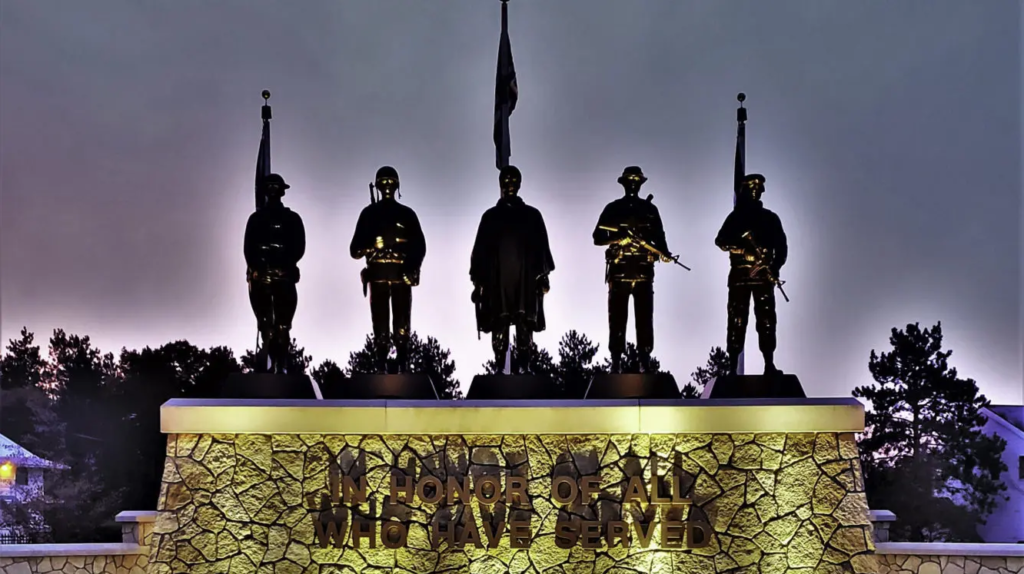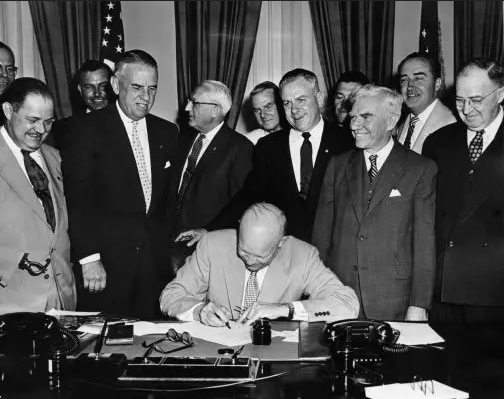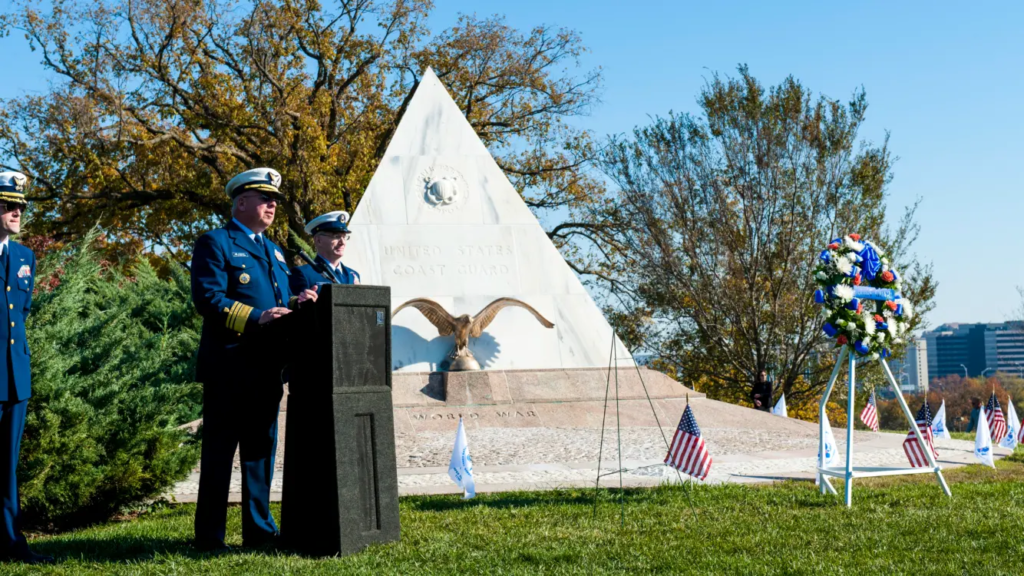So, About Those “Spawn” Kid Books…
Kid books starring Todd McFarlane’s Spawn?
Yes, you read that right.
In 1994 and 1995 I wrote two Spawn Middle Grade book manuscripts for McFarlane Productions. Number One adapted Spawn’s origin story (issues 1-4) and Number Two adapted Spawn’s initial encounter with Overt-Kill (issues 6-7). Neither manuscript was published nor ever will be, but, like Remo Williams says, “That’s the biz, sweetheart.”
I have discussed writing these manuscripts with friends and fans over the years, but I am bringing it up now on my website because this October 3 will mark nine years since the death of Gary Reed, founder and publisher of Caliber Comics and the man who came up with the idea for Spawn MG books. Gary was a friend and mentor to many people, and his unexpected death not only affected us but the comics industry. So much so that I thought it appropriate to mark this sad anniversary with this obscure tidbit of Gary Reed history. Gary loved history, so I think he would have appreciated this.
In 1994, Gary was not only Caliber’s publisher but president of Stabur Corporation and executive vice-president of Todd Toys, later McFarlane Toys. The latter came about the year before because McFarlane was being approached by different toy companies that wanted to license his Spawn characters. The problem was that McFarlane wanted any Spawn toys to be cool and most comic-book-licensed toys at the time were… well… not. McFarlane was also concerned how his devil-spawned character would be treated by these companies, so he contacted Stabur’s owner Paul Burke  since the two had worked on some successful projects together, including a line of limited Spawn jewelry. The two discussed the situation and in the end McFarlane decided to produce his own line of toys with Burke/Stabur overseeing the nitty-gritty of set up and production.
since the two had worked on some successful projects together, including a line of limited Spawn jewelry. The two discussed the situation and in the end McFarlane decided to produce his own line of toys with Burke/Stabur overseeing the nitty-gritty of set up and production.
The result: Todd Toys earned $10 million in revenue during its first year and enjoyed exponential growth over the next few years.
The rest, as they say, is l’histoire, but if you would like more details you can check out Gary’s recollection of events at his blog site:
https://reedgary.blogspot.com/2012/02/caliber-pt-9-playing-with-toys.html
You can also check out Burke’s book “The Early Days of McFarlane Toys: The Action Behind the Figures”:
https://www.amazon.com/Early-Days-McFarlane-Toys-Figures/dp/1733930914
It was during the early days of Todd Toys that Gary got the idea for the Spawn MG books. He had been wanting to branch Caliber into MG and Young Adult books for awhile and had discussed this goal with me from time to time because he knew I wanted to break into the MG and YA market. In fact, in 1994 I completed my first YA manuscript, Muties, based on a comic book series I co-created a few years earlier with my brother-from-another-mother and favorite collaborator Christopher Jones. Gary was interested in publishing the Muties series; so much so that he and Burke tried to trademark the word “muties” for Stabur. So it is not surprising that Gary would have been inspired to finally launch a line of MG and YA books by using Spawn as its flagship series.

Stabur’s attempts to trademark “muties,” like the Spawn MG books, unfortunately turned into another notch in the what-might-have-been belt of my writing career.
The idea, however, did not excite McFarlane. Juvenile books were not his cup of tea. He may have also been concerned with how his devil-spawned character would be treated in a book aimed at children. Nevertheless McFarlane agreed to read a pilot manuscript based on his first Spawn story and Gary asked me to write it, with the understanding that I would have first crack at writing the MG series if it got the green light.

Spawn looks mighty Gothic in this Malibu Graphics house ad, my first glimpse of the series and the changes that were coming to Malibu and the comics industry.
I was delighted by the trust and respect Gary was showing me and by the opportunity to work with one of the comics industry’s hottest properties. I was neither a Spawn fan nor a McFarlane fan, but I did read the comics, so I knew going in that I would need to adapt a violent story with an infernal anti-hero into something suitable for eight-to twelve-year-olds. I also knew McFarlane’s story was sparse enough that it would require a little padding to meet the necessary word count for an MG novel. The good news, though, was that Spawn’s origin was a Gothic horror story somewhat in the Manfred tradition and I love Gothic horror story.
If you are unfamiliar with his origin, Spawn is Al Simmons, a special agent with a secret American task force. Or he was Al Simmons before he was killed in action under suspicious circumstances, after which a demon-lord named Malebolgia offered Simmons the chance to see his beloved wife Wanda one last time. Simmons accepted, but is resurrected five years later with only scattered fragments of memories about his life and death. As Simmons’ memories gradually return in a piecemeal fashion, he discovers that Wanda has remarried, to his best friend Terry Fitzgerald, and that the couple have a daughter, Cyan. Simmons’ body is also the worse for wear. Malebolgia not only failed to preserve it, the demon-lord added a few monstrous grotesqueries such as claws for hands and green eldritch energy for eyes. Malebolgia also provided Simmons with the uniform of a hellspawn (or “Spawn”) and imbued him with tremendous powers, but only a limited amount. Once Simmons depletes that allotment he will return to the Malebolge and become a general in the demon-lord’s army that will attack Heaven on Armageddon Day.
To get things started, Gary asked me to write a few chapters (around 25 pages) in a similar tone to the comic book to give us a baseline to find the right approach for the MG series. If you would like to read that sample, click on SPAWN_FIRST_ATTEMPT, and please ignore the editorial markings.
The first attempt was wildly inappropriate, but it did provide that baseline, plus it served me in good stead with my peers at Caliber. A couple of years earlier Gary had confided to me that many of Caliber’s other creators thought my writing was pedestrian. Not bad, but not exceptional. I did not say anything to Gary, but I thought this opinion was due to my being a popular genre writer, whereas Caliber’s other creators tended to write (to borrow a phrase from Gary) Veritgo-y stories. My hypothesis was bared out after I submitted this first attempt, which was very Veritgo-y, and Gary passed it around the Caliber office to solicit opinions. Gary later informed me, “Everyone thinks it’s great. There’s no way in hell we can use it in a kid’s book, but they love it.”
If nothing else, I got that out this project.
Anyway, Gary and I discussed how we should tone things down and I wrote a second set of sample chapters, which you can read by clicking on SPAWN_MS_01_Short. Gary approved this attempt and I finished the manuscript and sent it to him in January 1995. After Gary sent it off to McFarlane, he told me that if McFarlane approved what he read that I would be asked to write a second pilot manuscript. All I told Gary was that this sounded fine, but knowing how McFarlane felt about this project, I felt sure that I would never be asked to write that next pilot.
Turns out, I was wrong.
Six months later Gary called to tell me to get writing as well as start thinking up original pitches for subsequent Spawn MG books.
Things were looking up!
Or so I thought when I submitted that second manuscript in August and then waited… and waited… and waited. (And if you would like to read a few chapters from that second pilot manuscript you can click on SPAWN_MS_02_Short.)
I cannot tell you if the Spawn MG books ever officially got nixed or if the project got lost in the shuffle when Gary left McFarlane Productions in May 1996 to concentrate on Caliber Comics. I am a pat rack but I have been unable to find any letters or emails from this period, most likely because my computer at the time used 3.5″ floppies, making any files on them impossible to retrieve, but I was able to find one reference to the Spawn MG books in a 2004 email Gary sent me:
“Without sounding sappy, I appreciate everything you did for Caliber…I know it wasn’t a lot of success (in terms of sales) but I could always count on you to put together something in a rush and it would come out very professional. Too bad none of it panned out…I’m just glad I insisted that you got paid upon turning in the Spawn novels….at least you got some decent money for that and it sounds good on the resume (who has to know they never came out?)”
I appreciate those comments, just as I appreciate something else Gary told me approximately 10 years later.
This would have been around the time he was relaunching Caliber, which closed its doors around 2000 in part due to the speculator boom of the early nineties going bust in the later nineties. In 1994, however, Gary was so busy with Caliber, Stabur and McFarlane that he needed an editor to assist him with Caliber and at one point offered me the job. As he recollected on his blog some years later, “I do remember flying in Steve Jones who at the time had done a lot of work with Malibu. His wife accompanied him and they stayed for a few days and the plan was to bring him in for Caliber and his wife would work for McFarlane as she had experience with accounting which we always needed.” Working as an editor for Gary would have been a great opportunity and a tremendous learning experience, but it would not have been a good move for my family. I figured Gary never gave the matter another thought after that, but when he contacted me about the return of Caliber, he mentioned that he sometimes wondered what would have happened in the nineties if I had been accepted that job offer. Specifically, he wondered if I would have pushed Caliber towards pursuing more popular markets, which, if successful, might have permitted Caliber to keep its doors open. Now I can tell you that nobody pushed Gary Reed in a direction he did not want to go, but I understood what he was saying and am pleased he thought I might have been able to make such a positive contribution to Caliber.
As for myself, I wonder from time to time what would have happened with Caliber if Gary was still with us. He was an entrepreneur and a student of the comic book market, so I wonder how he might taken advantage of crowdfunding, which was becoming popular at the time of his death. I also wonder how might have adapted to the constantly changing landscape of direct-market comics retailers and comic book distribution? I will never know, of course, but I can thank Gary here and now for asking me to be a part of Caliber and for involving me in Caliber’s attempts to break into the MG and YA market. My thanks may mean a lot in the overall scheme of things, but being a part of this project meant a lot to me and always will.

























































